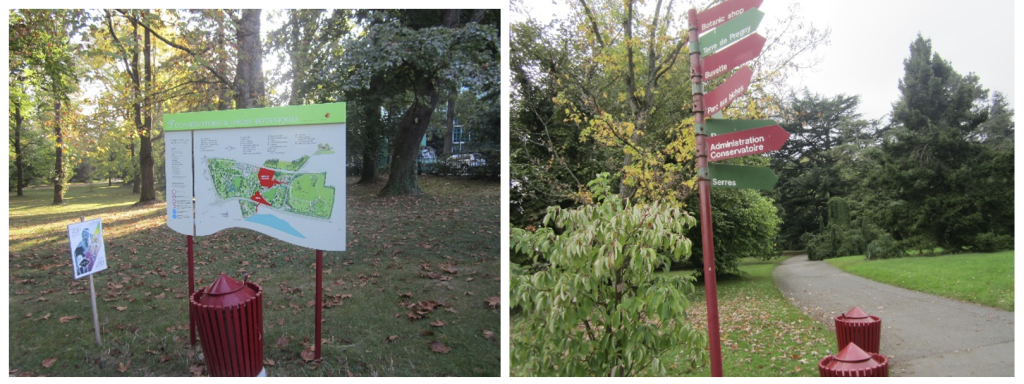
Have you entered a public space and found it unwelcoming?
Stepping into such spaces that feel unwelcoming can be a deflating experience. The lack of clear signage, dilapidated facilities, unkempt surroundings, unfriendly faces, poor maintenance, and subpar cleaning practices, can all contribute to a disappointing first impression. However, one crucial element stands out as a game-changer; effective information and direction systems.
At tourism facilities, clear and intuitive signage can make all the difference, transforming a confusing and frustrating experience into a seamless and enjoyable one. By incorporating a variety of engaging formats – from interactive kiosks and digital displays to audio guides and mobile apps – destinations can craft a warm and inviting atmosphere, setting the tone for a memorable visit.

Traditional formats include:
- Brochures: Printed guides with maps, attractions, and information.
- Maps: Physical maps of the area, highlighting attractions and routes.
- Signage: Directional signs, informational signs, and warning signs.
- Pamphlets: Small booklets with information on specific attractions or activities.
- Guidebooks: Comprehensive books on the destination, its history, and culture.
Digital displays come as:
- Interactive Kiosks: Touchscreen displays with information and multimedia content.
- Digital Signage: Electronic displays with updates, schedules, and announcements.
- Information Screens: Digital screens showing maps, directions, and attractions.
- Video Walls: Large screens displaying promotional videos and information.
- Touchscreen Maps: Interactive maps with zoom and search functionality.
Other options include audio and visual aids, human interaction, mobile and online platforms, and accessible formats for visually impaired, deaf and hard-of-hearing visitors.
Clear information-direction at our public tourism spaces will provide visitors with essential information about the facility, its layout, and attractions, help visitors find their way around, reducing confusion and frustration. It will enable visitors to plan their itinerary, prioritize attractions, and make informed decisions. Safety and security information such as emergency procedures, safety guidelines, and potential hazards could be incorporated in the information we provide.
Creating a welcoming environment is crucial for making visitors feel comfortable and valued.

The above pictures are highlights of samples of elements which made me feel welcome during a self-tour at a botanical garden.
